What is Live Wire? (Ultimate Guide)
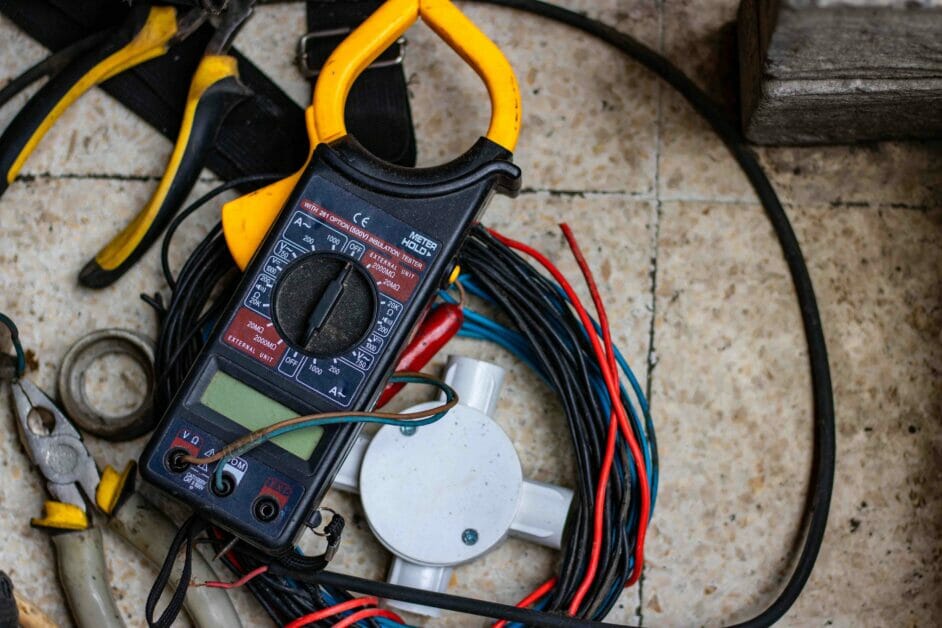
What exactly is a live wire? Simply put, a live wire is an electrical wire that carries current. This means it has electricity flowing through it – which can be dangerous if mishandled.
Key takeaways: Live wires carry electric current and are coated for safety. Color codes vary, voltage depends on location, and they work with ground and neutral wires. Safety precautions are essential.
I’ll delve deeper, covering everything from its characteristics to why it’s so important in our daily lives. You don’t need to be an electrician to understand this stuff, and by the end of this read, you’ll have a solid grasp of what a live wire is.
Defining Live Wire in Electrical Systems
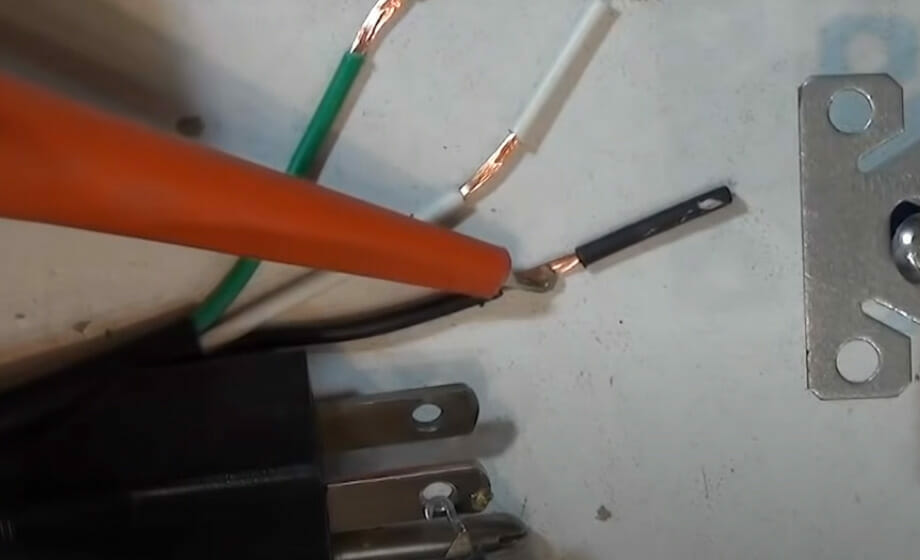
In layman’s terms, the live wire is the component of an electrical system that carries current from the power source to your appliances.
It’s like a highway for electricity! But remember, highways can be dangerous if not respected, and so can live wires. They’re usually color-coded brown or black; you don’t want to touch them when powered up.
Every time you flip on your coffee maker or crank up your stereo sound system, these invisible electrical currents zoom through live wires within your walls! It’s seriously mind-boggling when you stop to consider it.
We often forget how essential electricity is in our daily routines until there’s a blackout, and we’re left scrambling around with flashlights. And behind that convenience is our unsung hero – the humble live wire.
In most residential wiring systems, there are three types of wires:
- The Live Wire, which, as we discussed earlier, brings power to appliances
- The Neutral Wire, typically colored blue or white
- The Ground Wire, generally green or yellow-green
Each plays a crucial role in maintaining safety while ensuring electric charge flows seamlessly throughout circuits.
So next time you switch on anything electrical at home, remember: beneath those innocuous-looking switches and outlets lies an intricate network of live wires, making life as we know it possible!
Key Characteristics of Live Wires
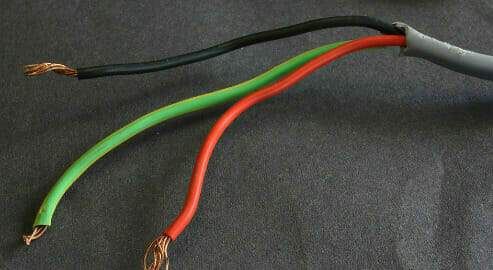
They’re usually coated in insulation to protect us from accidental electrocution.
This is because they carry electric current from the power source to our devices. You’ll find them in almost every device that requires electrical power, from your kitchen blender to your smartphone.
Live wires are generally color-coded for easy identification. In the U.S., it’s typically black or red, while in other countries, like the UK, it’s brown. But remember never to assume! Always double-check before working with wires, as colors can sometimes vary.
The voltage running through these wires varies, too, based on where you are and what you’re using it for. Most household ones will have around 120 volts coursing through them in America or about 230 volts if you’re across the pond in Europe.
It gets interesting with ground and neutral lines in an electrical circuit. As part of this team effort, live wire carries electricity from the power source (its main job) but then relies on its buddies – ground and neutral wires – to complete the circuit safely.
Safety precautions around live wires are also crucial – you don’t want nasty shocks! DIY enthusiasts and professionals must use insulated tools and wear protective gloves when dealing with these bad boys!
To sum up:
- Live wires transport electric current.
- They’re usually coated with insulating materials.
- Wire color codes can vary by country.
- Voltage depends on location and appliance.
- They work together with ground and neutral lines in circuits
- Safety measures are vital when handling live wires.
There you go – we’ve got all our live wire facts straight!
Importance of Live Wires in Electrical Circuits
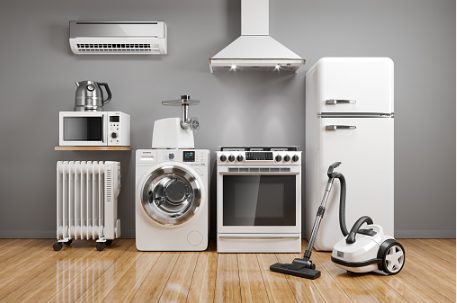
Live wires are like the blood vessels in our bodies, carrying vital electricity from source to device. Without them, you’d be reading this by candlelight!
Every electrical circuit has two types of wires: live and neutral. The live wire carries current from the power source to your appliances. It’s like an unending energy flowing into your television, laptop, or refrigerator.
The current in a live wire can vary significantly depending on what it’s powering up. Heavy-duty stuff – think refrigerators or washing machines – needs more juice than your bedside lamp.
- Large appliances: Approximately 10-16 Amps
- Light fixtures: Around 1 Amp
One important aspect about these wires is that they’re not one size fits all! Each electrical device requires a specific amount of current for optimal performance.
Do you ever wonder why electricians use different color wires? Well, that isn’t just to make their jobs look colorful – there’s some real practical sense behind it, too! In most cases:
- Live Wire: Brown or Red
- Neutral Wire: Blue or Black
Color coding helps minimize risk and prevent dangerous situations like short circuits. We don’t want any unwelcome fireworks at home now, do we?
Differentiating Between Live, Neutral, and Ground Wires
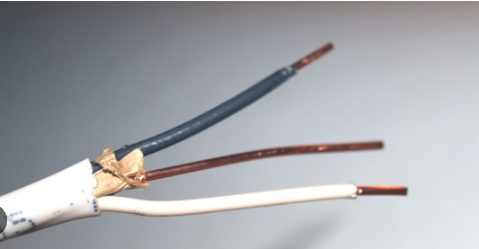
Let’s start with the basics: you’ll typically encounter three types of wires – live, neutral, and ground.
Live Wires
Also known as hot wires, they carry the electric current from the power source to your device. They’re usually black or red and should always be handled carefully because touching one could result in a nasty shock.
Neutral Wires
These wires act as return paths for that same current. Their job is to take all that electricity back after powering your devices. Typically colored white or gray, these guys are much safer than their live counterparts but still deserve respect.
Ground Wires
Their mission is to protect! Usually green or bare copper, they provide an alternative path for electrical current in case things go wrong – like if a live wire touches metal parts of an appliance. This helps prevent dangerous situations like shocks or fires.
Now, here’s where it gets interesting:
- Every electric circuit needs both live & neutral wires to function
- The voltage on the live wire is high (120V in the US) compared to neutral, which is at zero potential.
- A ground wire acts not just as safety backup but also helps stabilize voltages across the circuit
Remember, understanding your wiring isn’t just about fixing that pesky lamp flicker – it’s about staying safe, too!
Safety Measures When Working with Live Wires
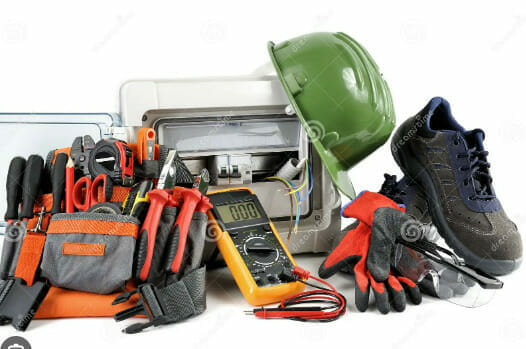
First things first, never attempt to handle live wires without proper training. It’s not a DIY project for the weekend; it requires knowledge, skill, and an understanding of electrical systems. Always ensure you’re equipped with the right tools, too.
Now, let’s talk about personal protective equipment (PPE). You’ve got to suit up! Here’s what you’ll need:
- Insulated gloves
- Safety goggles
- Non-conductive footwear
These items serve as your first defense against electric shock.
Next on our list is assessing the situation before diving in headfirst. If there’s any damage or fraying on the wire insulation, stay clear until a professional electrician repairs it. Remember – any contact with bare wire could result in electrocution!
Lastly, but importantly, power down whenever possible! Turning off power at its source should always be your initial step when dealing with live wires.
So there you have it – my top tips for staying safe while working around live wires. Remember these pointers and treat electricity with the respect it deserves because mishandling can lead to danger.
Testing and Identifying Live Wires
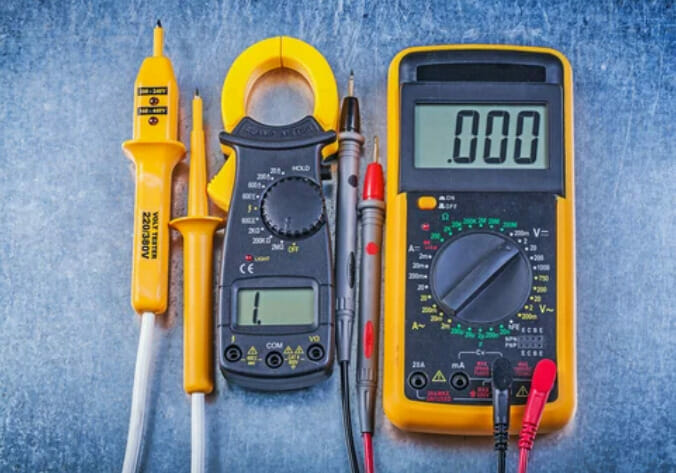
How can I tell if a wire is live? Well, that’s where testing comes in.
Safety should always be your number one priority when dealing with electricity. So, before we dive into identifying a live wire, let me stress this: ALWAYS TURN OFF THE MAIN POWER SUPPLY BEFORE ATTEMPTING ANY ELECTRICAL WORK.
Now, back to business! There are several ways to test for a live wire:
- Voltage tester: A voltage tester is the most common tool for identifying live wires. This handy gadget indicates whether there’s any electrical current flowing through the wire. You place it near the suspected live wire, and if it lights up or emits sound – bingo! You’ve got yourself a live one!
- Multimeter: A more sophisticated device, multimeters measure voltage, resistance, and current intensity. They can give you an accurate reading of exactly how much juice is flowing through that wire.
Remember, when using these tools, ensure they’re set correctly for AC (Alternating Current) detection; otherwise, you might get false readings.
Even after confirming which wires are hot (a.k.a ‘live’), never assume others are safe – sometimes neutral wires can carry residual currents due to improper grounding or faulty wiring systems.
So there you have it! That’s how we test and identify those sneaky little devils known as ‘live wires.’
Live Wire Color Coding Standards
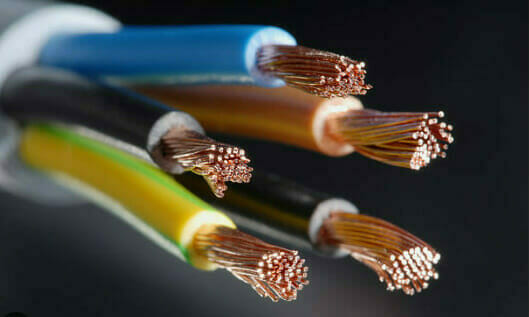
Let’s dive into the world of live wire color coding standards. Essentially, these standards help us identify the function of each wire in an electrical system. They’re like road signs for electricians.
Now, you’ve got to know this – there’s no global standard for wire color codes. Different countries have different systems. In the US, we follow the National Electrical Code (NEC). Under NEC, hot wires can be black or red in most cases.
But here’s where it gets a little tricky: multiple hot wires? Well, they might also be blue or yellow. Never mess with a bare copper or green wire! That’s your ground wire right there.
- Black: Hot
- Red: Secondary hot
- Blue and Yellow: Additional Hot Wires (like for a fan)
- Copper and Green: Ground
Across the pond in Europe, though? They use the International Electrotechnical Commission (IEC) standards instead:
- Brown: Hot
- Blue: Neutral
- Green/Yellow Stripe: Ground
Importantly – always hire a professional for wiring jobs because these are just general rules of thumb – there could always be exceptions!
Lastly, before doing any electrical work, remember to shut off power from your circuit breaker box to avoid potential shocks or accidents. Safety always comes first!
Common Misconceptions About Live Wires
Let’s clear up some common misconceptions about live wires.
First, many people believe that all live wires are dangerous to touch. In reality, while it’s true that touching a live wire can be hazardous, not all live wires pose an immediate risk. The danger level depends largely on the voltage and current running through the wire. Lower voltages might give you a nasty shock, but they’re less likely to cause serious harm than higher voltages.
Another popular misconception is that you can identify a live wire simply by its color. However, there’s no universal color code in use worldwide – what might be a neutral wire in one country could be a hot (live) wire in another!
Lastly, there seems to be an idea floating around that rubber gloves or shoes will always protect you from getting shocked if you touch a live wire. While rubber is an insulator and can protect against electric shocks, it’s important to remember that not all rubbers are created equal. Some types of rubber may not offer adequate protection at all.
Hopefully, clearing these misconceptions helps illuminate the misunderstood electrical wiring world! Remember, when dealing with electricity, it’s always best to avoid caution and seek professional help.
References
Studies:
- Electrical Safety Studies. https://naspweb.com/course/electrical-safety-specialist-ess/
- Electrical Wiring Safety Statistics. https://www.ncbi.nlm.nih.gov/books/NBK448087/
Organizations:
- Electrical Safety Foundation International (ESFI). https://www.esfi.org/
- National Fire Protection Association (NFPA). https://www.nfpa.org/
- Occupational Safety and Health Administration (OSHA). https://www.osha.gov/
- International Electrotechnical Commission (IEC). https://iec.ch/homepage
Books:
- “Electrical Wiring Residential” by Ray C. Mullin and Phil Simmons
- “Ugly’s Electrical References” by George V. Hart
- “NFPA 70®: National Electrical Code® (NEC®)” by National Fire Protection Association
- “Practical Electrical Wiring: Residential, Farm, Commercial, and Industrial” by Herbert P. Richter and Frederic P. Hartwell
Website Resources:
- Electrical Safety Foundation International (ESFI). https://www.esfi.org/
- National Fire Protection Association (NFPA). https://www.nfpa.org/
- Occupational Safety and Health Administration (OSHA). https://www.osha.gov/
- International Electrotechnical Commission (IEC). https://iec.ch/homepage
Video References:
1929fordhotrod
DailyElectrician
